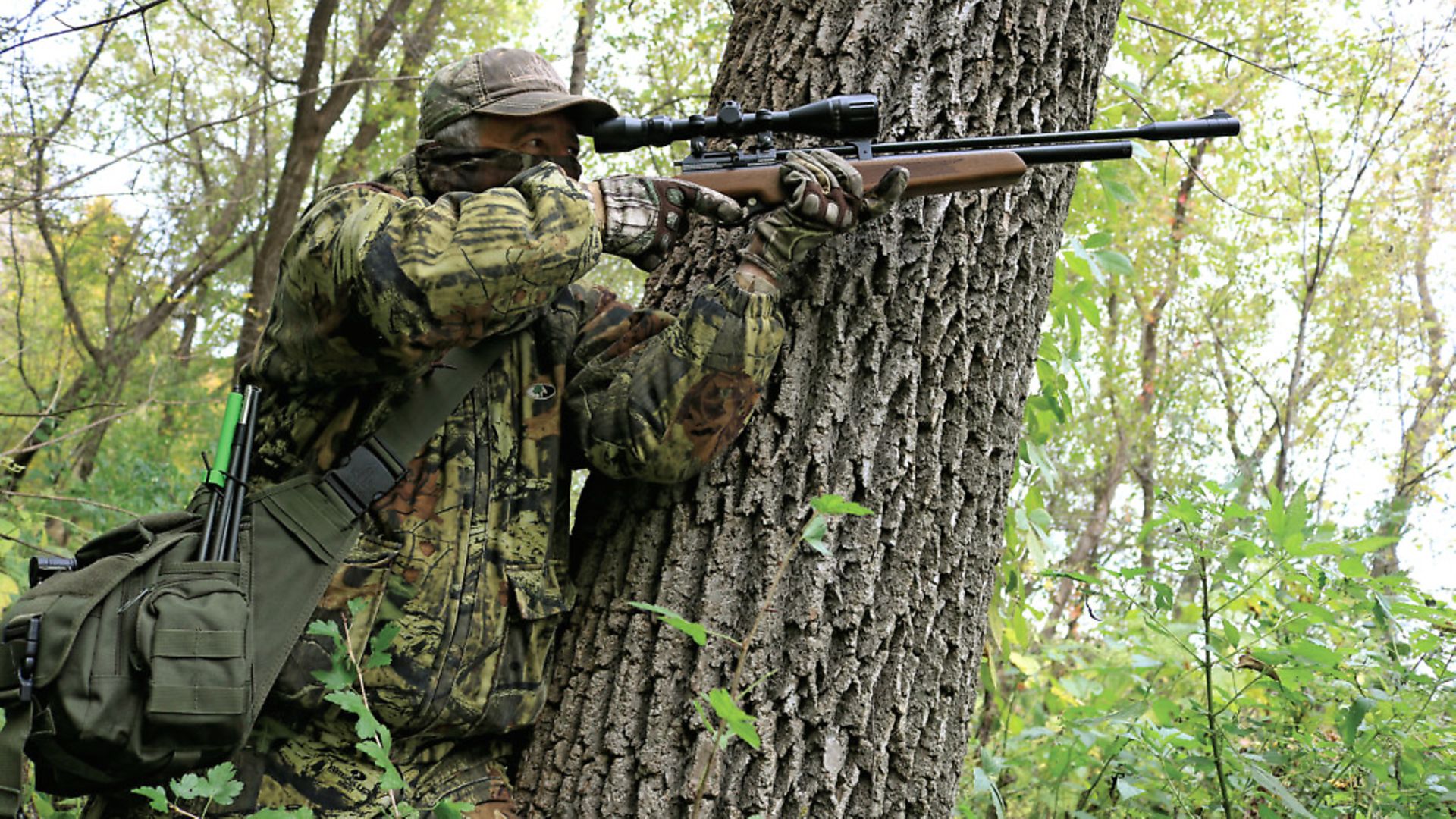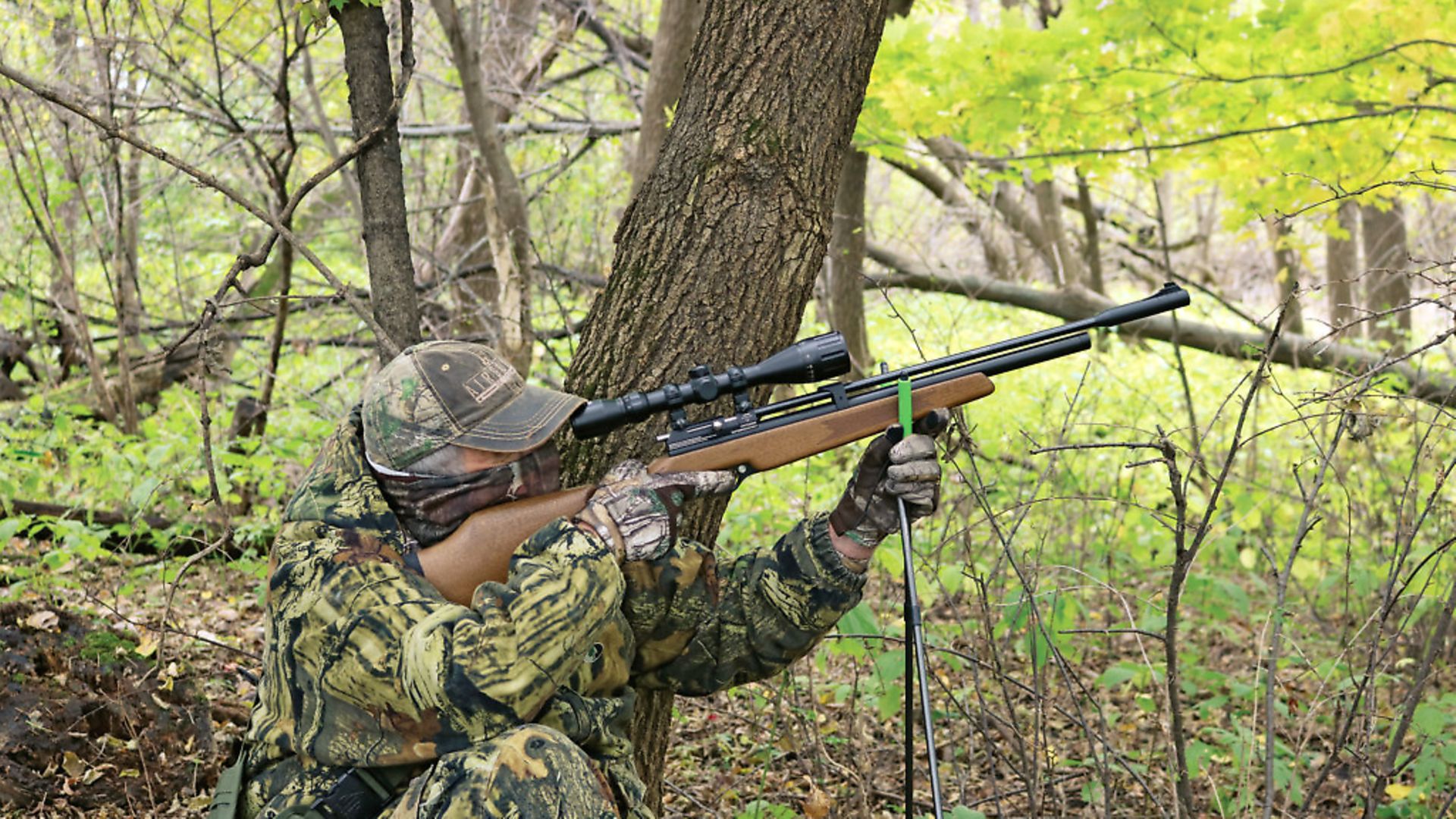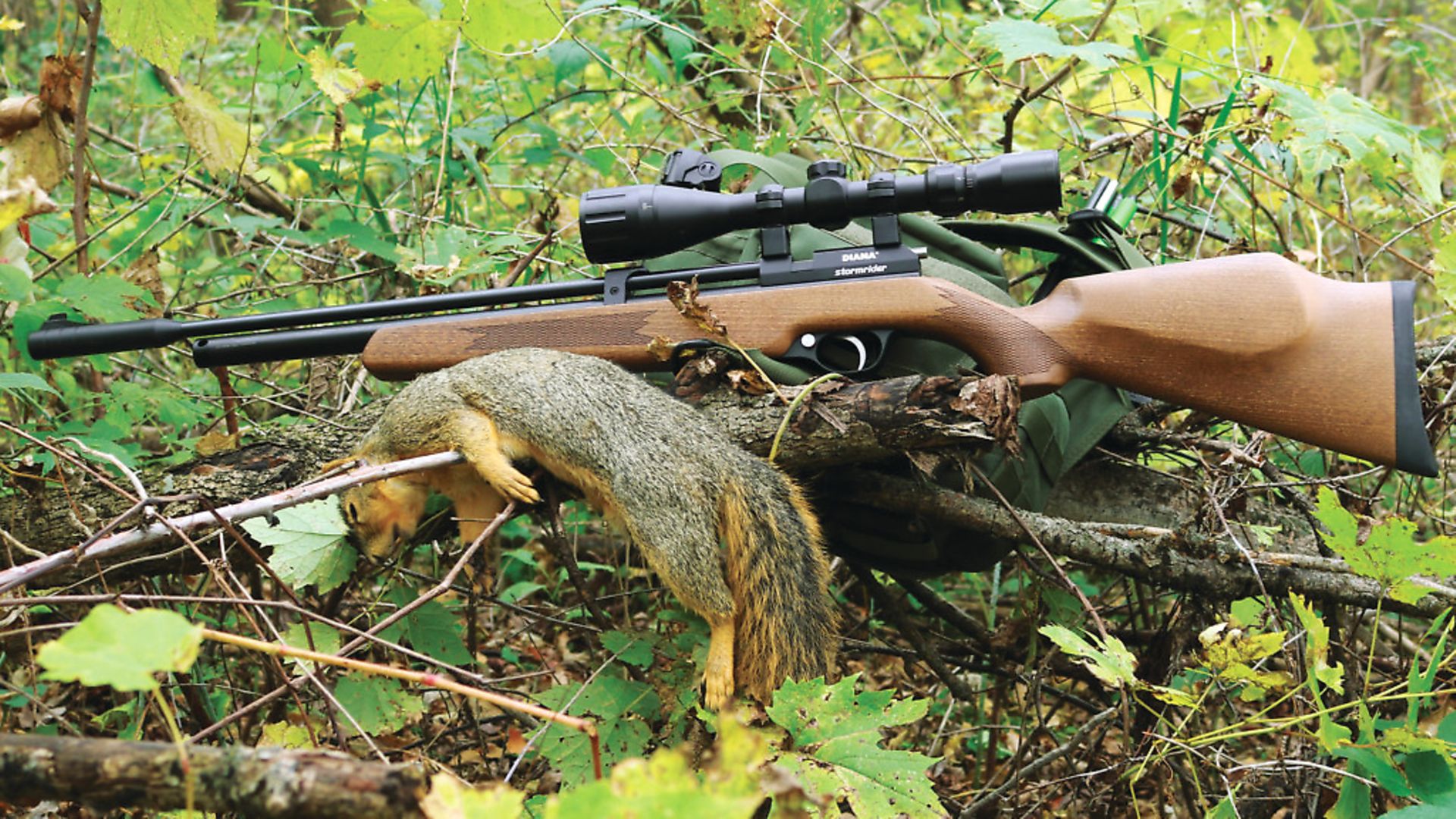Jim Chapman asks if a low-priced rifle has what he needs in the field
 credit: Archant
credit: Archant
Airguns have been steadily gaining a following in the USA over the last few years, especially for small-game hunting. There are practical reasons; lower power and a low sound signature makes them ideal for hunting in more built-up areas, not to mention the low cost and availability of ammo. However, another motivation is less tangible; airguns are more challenging, more fun, and push you to be a better hunter, but there is a barrier for many new shooters in North America, the costs associated with the sport. As with almost any avocation, the enthusiast is often willing to pay a premium to outfit themselves well, but for someone who wants to test the waters, sticker shock can hit hard. We can buy a .22 rimfire rifle for about a third of the cost of most decent quality airguns and they are more accessible for many. So, we are not forced into airguns and have more options available than are found in other countries where airgunning is popular.
Yet, as I talk to those from the mainstream hunting community, I invariably hear these folks saying they’d like to have a go with an air rifle, and the more airgun hunters we have, the more our fish and game services will cater to this segment of the hunting fraternity, perhaps eventually giving us our own seasons, much like bowhunters. Even though I have some 40-50 air rifles in my collection, including some very high-end models, when I heard about the Diana Stormrider I was very interested. First, I’ve had good experience with the brand and own a couple Diana springers that are great rifles, and secondly, because the specifications and positioning of this rifle will help to make PCPs accessible.
 credit: Archant
credit: Archant
Getting familiar
My intent is not to provide an in-depth review, but I spent a couple of range sessions sighting in and familiarising myself with the rifle before taking it hunting. The Stormrider is a sleek, lightweight (approx. 6lb) rifle, dressed in a nice-quality hardwood stock with sharp machine-cut checquering. The bolt action is easy to cycle with a fairly good tactile response – a bit stiff, although it seems to be lightening up as I shoot it. The rifle ships with both a single-shot tray and a seven-shot magazine, in the .22 version I was sent. The smallish diameter air reservoir fills to 200 BAR, making this one of the rifles that pairs nicely with a hand pump. The rifle is filled using a proprietary probe, which is usually one of my pet peeves, but there is a quick-connect machined into the probe, and if you must use a proprietary fill probe this is the way to do it! Across the chrono’, the gun is generating about 840 fps with JSB Exact 15.89 pellet for about 25ft.lbs. The suppressor is baffled, and does an acceptable job of quietening the gun down, although it is not as effective as a high-quality component such as the Huggetts that I have on several rifles – but then, what is? The ergonomics are quite good, with the cross-bolt safety positioned in the front trigger guard, and a serviceable trigger that’s a bit heavy (about 3lb), but breaks crisply. With respect to accuracy, I shot consistent, ½” 40-yard groups from the rest, and easily kept inside of ¾” off shooting sticks. After shooting the rifle, my confidence was up and I was ready to go.
 credit: Archant
credit: Archant
Travelling light
My first hunting trip with the Stormrider was a morning out after squirrels, and I hit the field before daybreak. In the dark, I parked and laid my gear out on the hood of my trusty Outback, and decided what to pack for ancillary kit. As I only planned to be out for a couple hours before cleaning up and heading to the office, I packed light. The bag I selected was a messenger-style tactical bag into which I slipped my binos, rangefinder, pellets, camera and shooting sticks. I like this bag when packing a light load because it’s easy to carry at my back, but slips up front to access, without dismounting.
As usual when squirrel hunting, I wore camo clothing with gloves and a face mask. The property I was on gets a bit of pressure, so I moved straight to the far end of the woods and settled into an area where I could see beechnuts littering the ground. I sat down with my back to a tree and waited for daylight. I woke up about 20 minutes later to a squirrel hanging upside down on a broken-off tree trunk, barking and chattering at me. I noted that he was less than 20 yards away, as I slowly brought my gun up, but halfway to shouldering it, he took off and didn’t look back. I stayed put about a quarter of an hour longer, then got up and began still-hunting.
After a half an hour with no action, I spotted a big fox squirrel running up and down a tree trunk at about 70 yards, and it closed to 45 yards whilst I was pulling out my shooting sticks. I slowly sank to a knee, deployed the sticks, and lined up the shot. The squirrel’s head was partially covered a branch, but I had a good broadside. As mentioned, the trigger weight is about 3lb, but I find that when wearing gloves, I don’t like to go much lighter than this. On squeezing the trigger, there was a muffled crack, and I watched through the scope as the squirrel was literally flung off the tree branch. When I walked up, the big male squirrel was stone dead, and when I say ‘big’, this was one of the largest squirrels I’ve ever seen!
 credit: Archant
credit: Archant
...and another!
I was sitting close to where I’d just shot my mega-squirrel, packing up and looping my prey onto the game carrier, when the sound of chattering reached my ears. Not more than 50 yards off was another squirrel making noise and waving its tail about in warning. I got up on my knee and leaned against the trunk of a shaggy oak, whilst shouldering the Stormrider. A minute later, the second squirrel was being strung up. I was having a lot of success with a rifle that cost less than anything else in my gun rack.
I had been hoping for a mixed bag, but I haven’t seen many greys this season. The squirrel populations are good this year, but there seem to be more of the big, aggressive fox squirrels than the smaller greys. I don’t know if they are being outcompeted, or are just harder to find high in the leafy canopy, where they like to hang out at this time of year. I started back toward my vehicle, moving at about quarter speed with frequent stops, but only saw the fleeting backside of a squirrel until I was almost out of the woods. Just as I was about to break out of the woods into an open field, I saw another squirrel moving through the trees that formed a border between woodlands and pastures. This time, I stood leaning against the remains of a tree trunk that had been cut down, following the squirrel through my scope as he ran along. He stopped, I snapped the shot and watched number three hit the ground.
It was a fun hunt, and it demonstrated to me again that you don’t have to spend a fortune to be an effective and efficient airgun hunter. The Diana Stormrider is selling for under $200.00 in the States, and the rich feature set along with the quality of manufacture is more than you’d expect at this price point. The gun does not have the same quality of wood, richness of bluing, competition quality accuracy of higher-end guns, but it does offer everything you need in a hunting rifle. I think this rifle will permit more new shooters to get out small-game hunting, which is a very good thing. Diana has hit the mark with the Stormrider!
You can see what happens when Jim Chapman goes hyrax hunting in South Africa here.